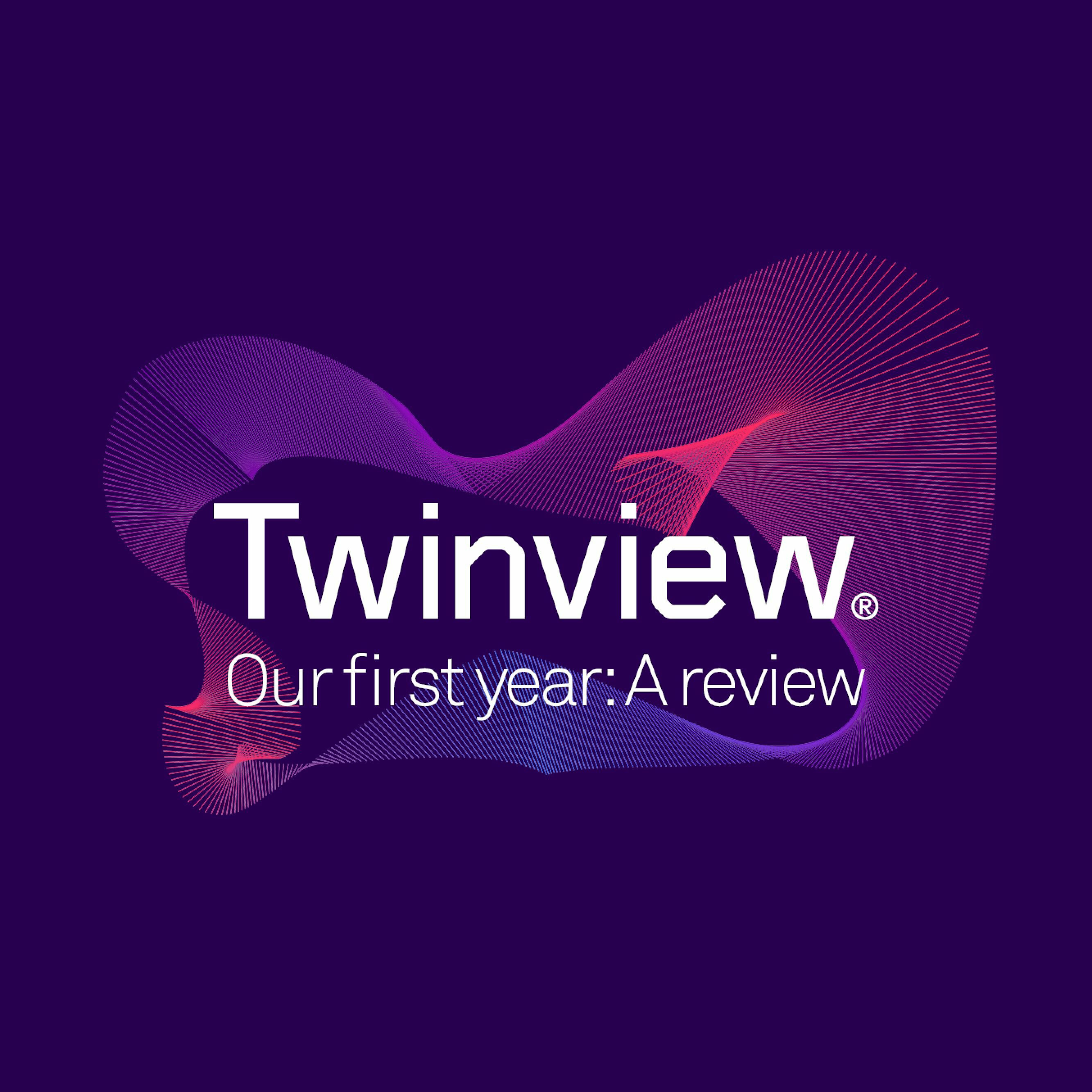21 Dec 2020 | Platform
Our first year: A review

After 3 years of development, Twinview had its soft launch at the end of February 2020. There was an excellent response to the value of a digital twin helping building owners to reduce costs and carbon whilst improving building user experience. Our formal launch was planned for March in London which unfortunately was cancelled.
From the outset, we were aware that digital twins are new to the Property Sector and adoption would be cautious until the value can be demonstrated. Fortunately, a number of building owners were willing to make the commitment as an early adopter and have been the first to implement a twin on a number of their buildings.
We are familiar with the pace of adoption of innovation across the construction and property sector having been involved in the birth and adoption of Building Information Modelling (BIM) in recent years.
Initially, we released the Access, Manage and Monitor modules. These three models are now being used in a number of commercial buildings in London as well as trials with universities and retailers. We are in discussions with housebuilders, contractors and social landlords who have identified a problem which Twinview may be able to solve.
In June, we released the Capture module which allows information managers to collate and validate information, that of which is essential for the continuation of quality data from design through to operation.
On 1st January 2021, we will launch our Field app and our updated dashboard feature.
Field is an accompanying mobile application which allows operatives in the field to connect with the digital twin and update information in real-time. With QR tags and beacons, users can view assets and locations.
The dashboard feature has been updated to give maximum flexibility to users by giving specific and personalised information to an individual user. The widget feature allows a wide range of data to be displayed.
In October, a data scientist joined the team. We have been building data sets over the past three months to allow the algorithms to learn and identify patterns. In Quarter 1 of 2021, we will be sharing the beta version of our energy prediction module.
We have a roadmap for development through 2021 where we will continue to develop existing modules and launch new ones. Twinview is a single source of truth which allows us to build-in a wide range of features to improve the outcomes across the construction and property sectors.
Building on the early success with our energy prediction model, we will be releasing the beta version of our predictive maintenance module later in the year.
With several buildings now using Twinview, we will continue to respond to feedback and learn from the data sets we are gathering.
This year we have signed partnerships with companies from across the globe including Australia and the Nordics, with a number of other countries in negotiation.
Despite the challenges of a global pandemic and the fact that Twinview was launched at the beginning of lockdown, we are delighted with the progress we have made and are looking forward to continuing to develop the platform in 2021 and, importantly, engaging with building owners so they can improve their business outcomes by implementing a digital twin.
Related news

eBooks
The Strategic Value of Digital Twins for Schools
As digital twin technology continues to advance, it presents a powerful tool for schools to optimise their operations and improve learning environments. This white paper provides a detailed overview of the strategic benefits of digital twins for schools. It is specifically aimed at leadership teams in schools and academy trusts, facilities managers, and government bodies such as the Department for Education. It explains how digital twins can improve facility management, tailor learning experiences, strengthen emergency preparedness, and promote energy efficiency in alignment with the UK’s educational and sustainability objectives.
Read more

Industry Insights
Breathing New Life Into Office Spaces with Digital Twin Technology
The urban skyline, once a symbol of bustling commerce, now narrates the stark reality of post-pandemic shifts as swathes of vacant office space stand as a silent testament to evolving work patterns. The traditional model, built on rigid leases and fixed layouts, is crumbling under the weight of changing tenant demands, and our shifting work dynamics have left a tangible mark. With another rocky year expected for the office market, it underscores the urgent need for innovative solutions to revitalise these now underutilised assets.
Read more

Industry Insights
The Intelligent Hotel: Navigating Costs with Digital Twins
The hotel industry, a sector once synonymous with bustling lobbies and seamless service, has weathered numerous challenges over the past decade. From pandemic-induced shutdowns to the relentless squeeze of rising costs and staffing headaches, hotel survival has become a masterclass in adaptation. Room demand reached an all-time high in 2024, according to STR research. As travellers return in mass, expectations have shifted, demanding a level of personalised experience that feels both effortless and intuitive. How do hotels meet the challenge? Enter the digital twin—a virtual representation reflecting the hotel's every heartbeat.
Read more

